College of Engineering and Architecture
Hits: 4609Contributing to national development has always been among the topmost priorities of the Bataan Peninsula State University. Conscious of the massive contribution of engineers and architects to the industrialization of the country, officials of the Bataan National School for Arts and Trades or BNSAT (former name of BPSU) became enticed to enter into consortium with the Don Honorio Ventura College of Arts and Trades to be able to offer engineering courses to the people of Bataan. In the summer of 1997, a Memorandum of Agreement between BNSAT and DHVCAT was signed and the Department of Engineering was established with Engr. Angelita P. Maglaqui as its head.
With BS Civil Engineering, BS Electrical Engineering, and BS Mechanical Engineering as its first course offerings, the IEA sought to provide high quality learning experiences to its students. Meanwhile, BS Architecture was offered in 1998. Through the exemplary leadership of Engr. Maglaqui from 1997 to 2002, and Mr. Rolando A. Lazarte from 2002 to 2006, IEA was able to meet the expectations of the public as well as the standards set by the Commission on Higher Education.
With its enrolment increasing over the years and the commendable performance of its graduates in various licensure examinations, IEA was able to reach another milestone as the Board of Trustees finally approved its institutionalization on December 4, 2003.
Despite the several challenges, IEA remains resolute in maintaining the quality of instruction. Up to the present, the institute never ceases to search for highly qualified faculty with expertise in various aspects of engineering and architecture. Moreover, IEA continues to upgrade its facilities. Desirous of providing a more conducive atmosphere for learning, the new IEA building was built and inaugurated in 2006. Also in the same year, the college underwent reorganization and the administration of the institute was turned over to Engr. Rodrigo C. Muñoz, Jr.
Furthermore, the institute also ensures that its curriculums are meticulously formulated in order to continue the legacy of academic excellence and to keep its students attuned to the latest trends and developments in their chosen field of specialization. These curriculums are expected to safeguard the mission of IEA to produce engineers and architects who are sensitive to personal and professional ethics, concerned with societal and environmental issues, and aware of the roles and limitations of technology in addressing the society’s problems. The curriculums are designed not only to enrich the student’s theoretical knowledge on the various aspects of their chosen courses; they are also hoped to equip these scholars with necessary skills that will make it possible for these future professionals to give immediate response to the technical expertise needed by the country.

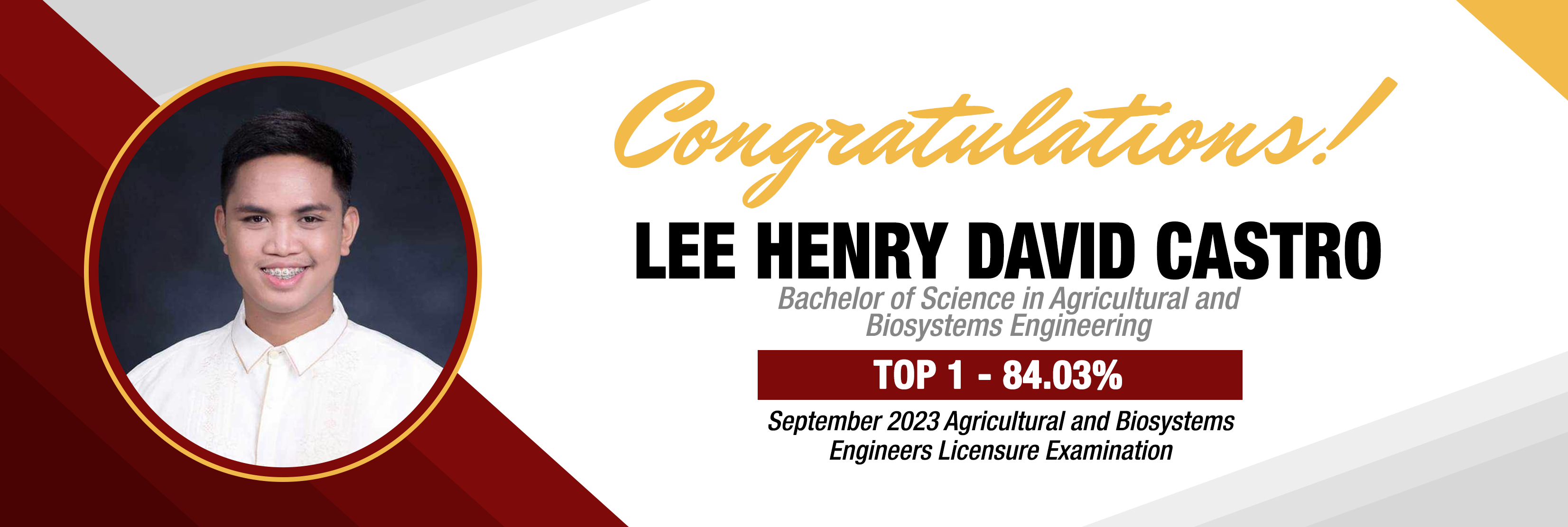
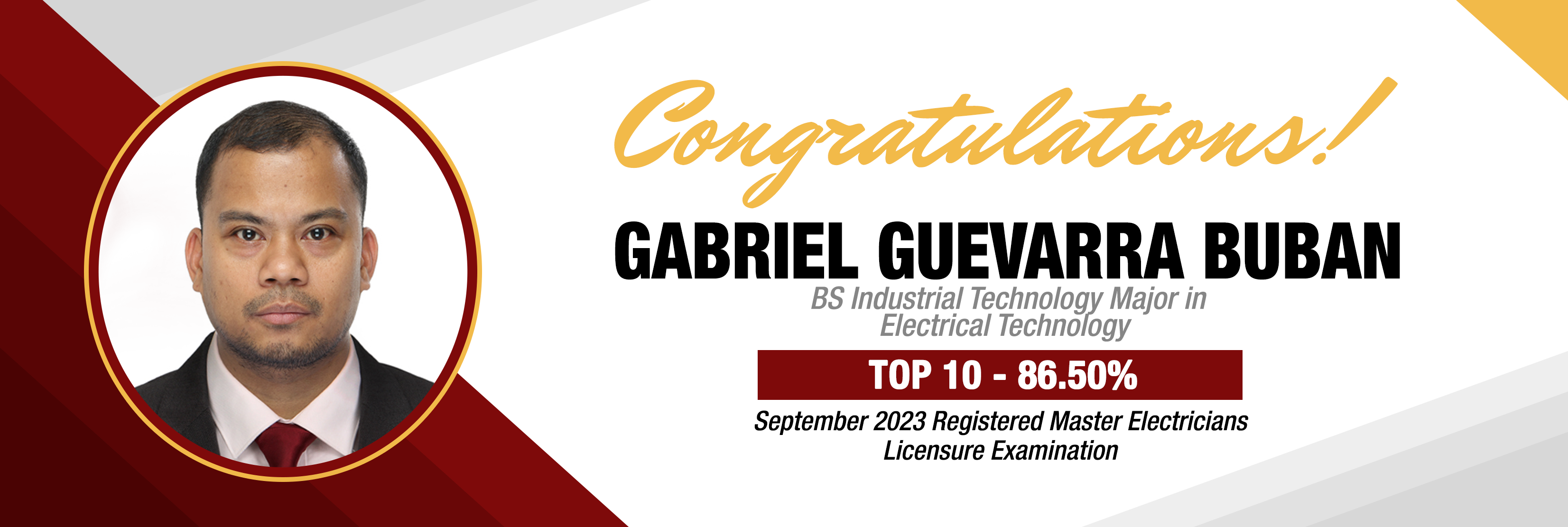
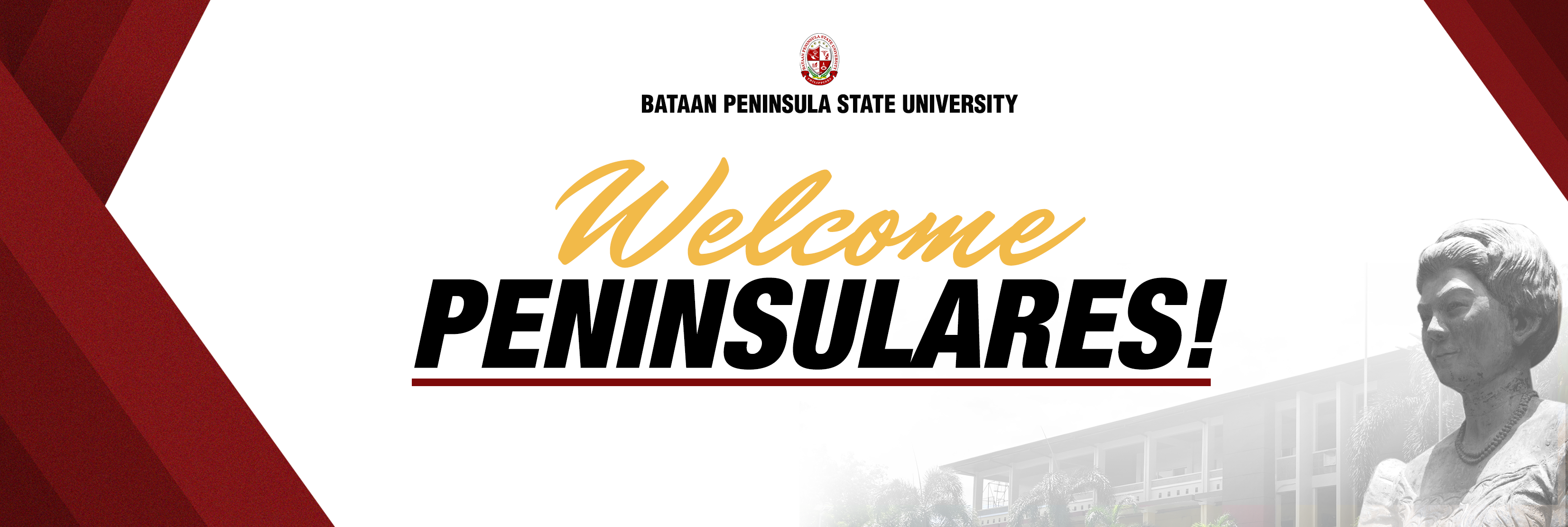
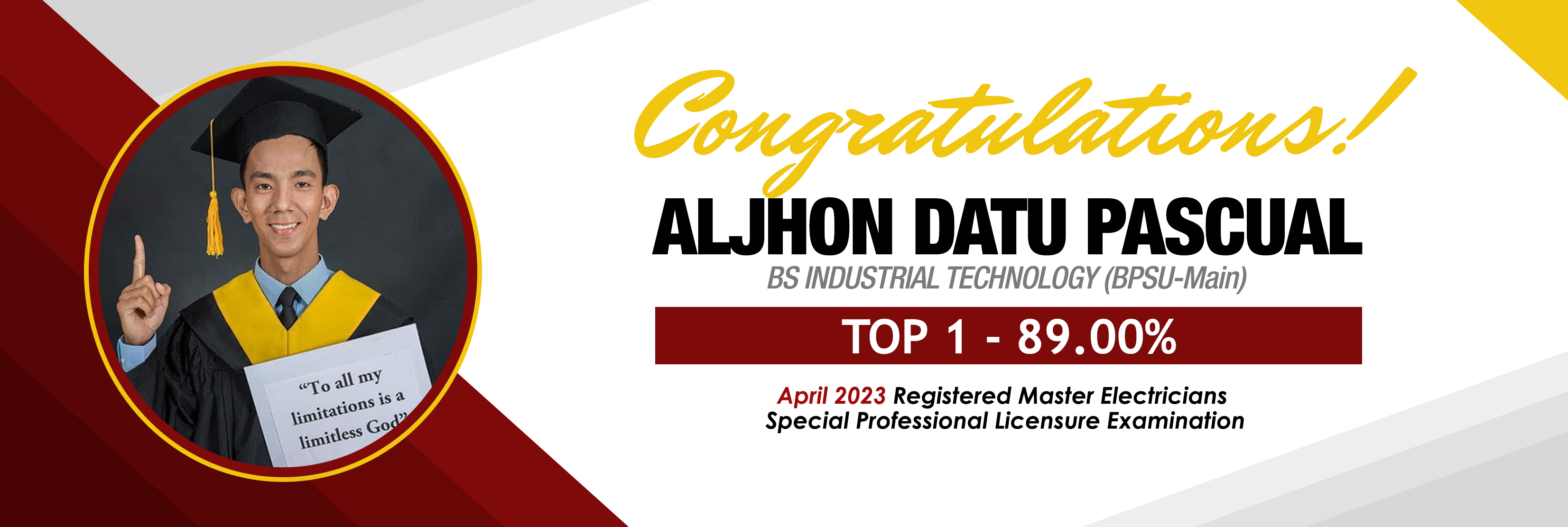
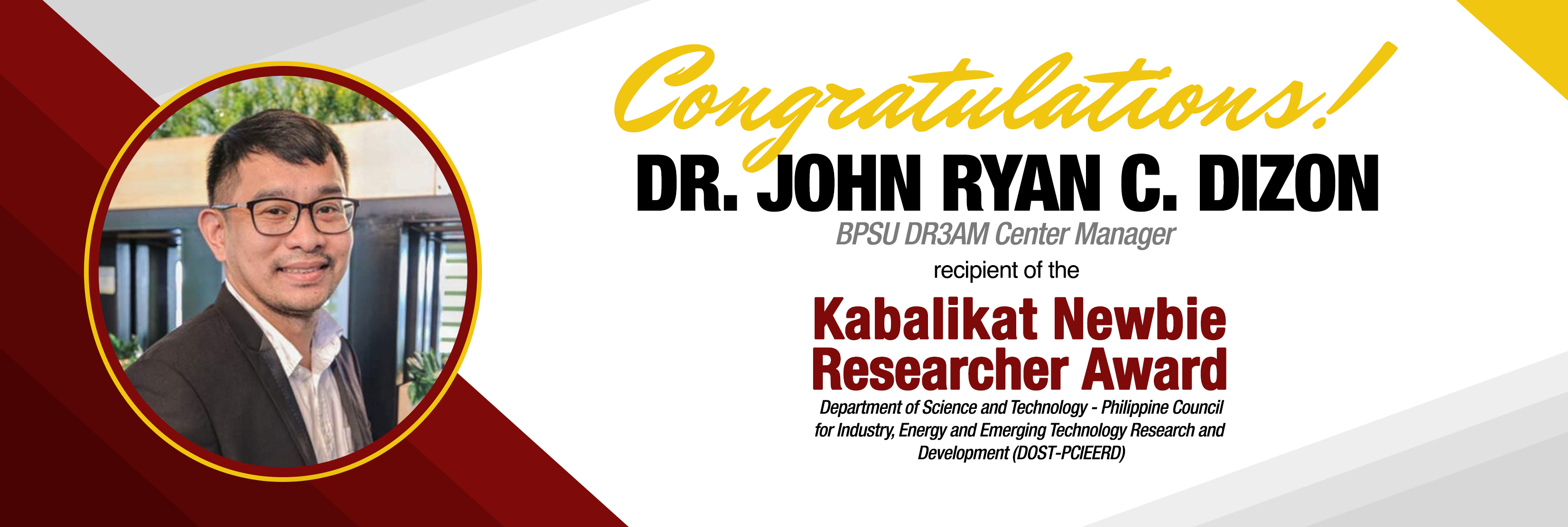
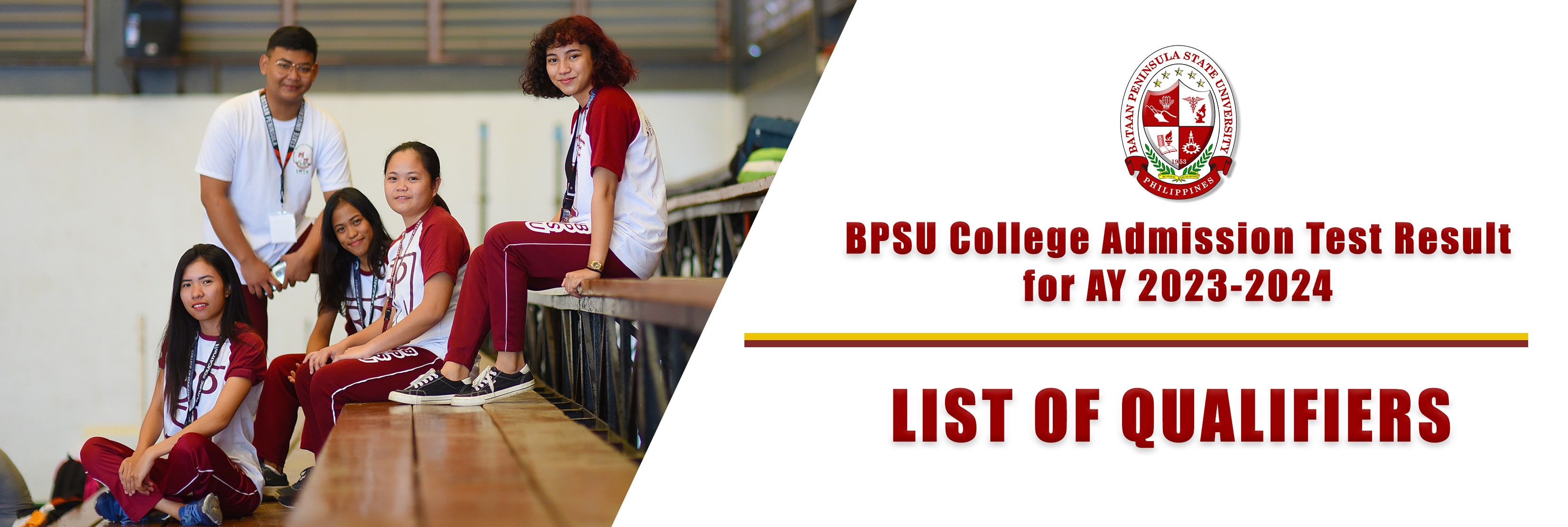
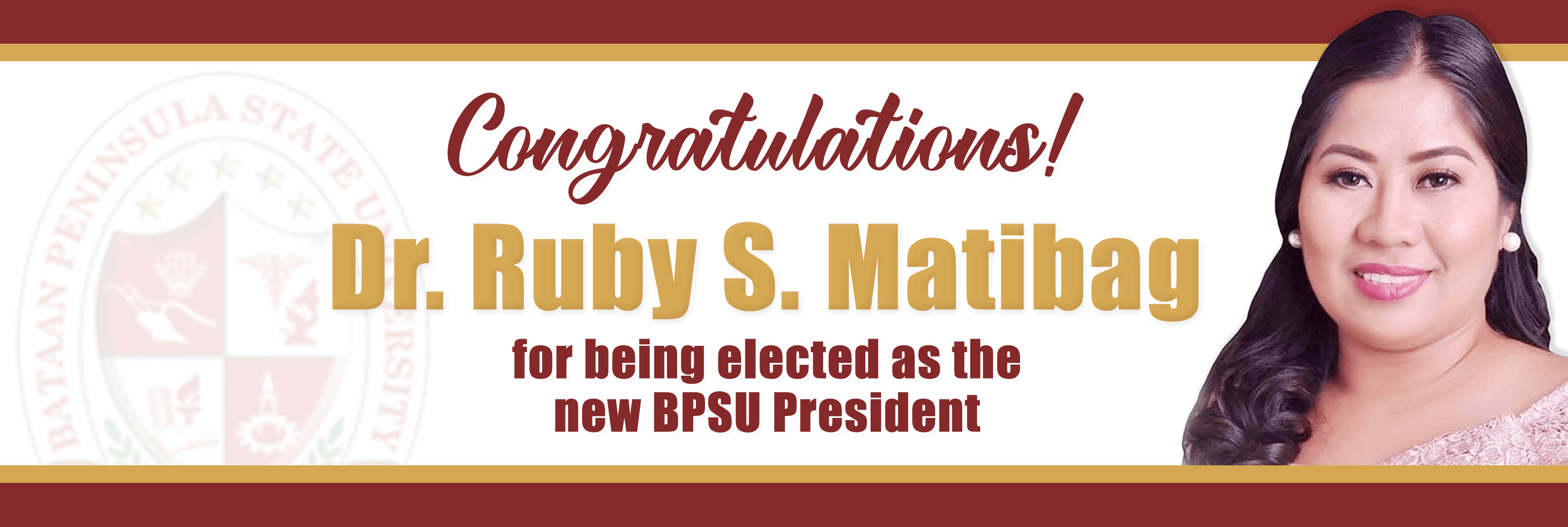
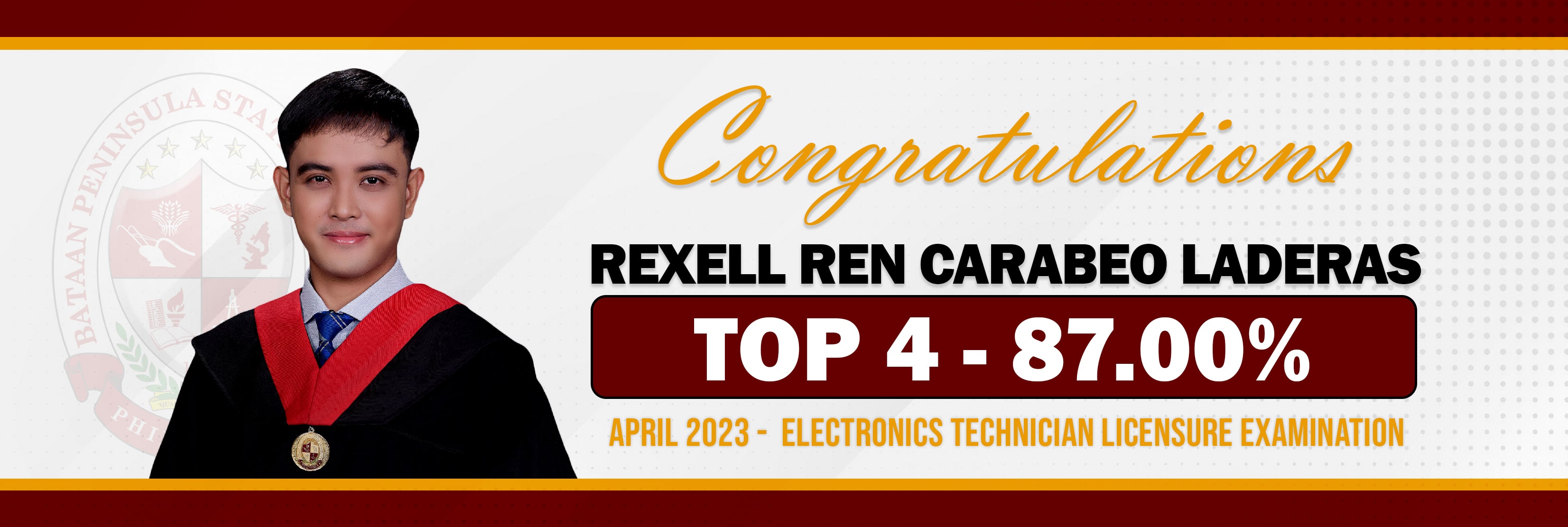
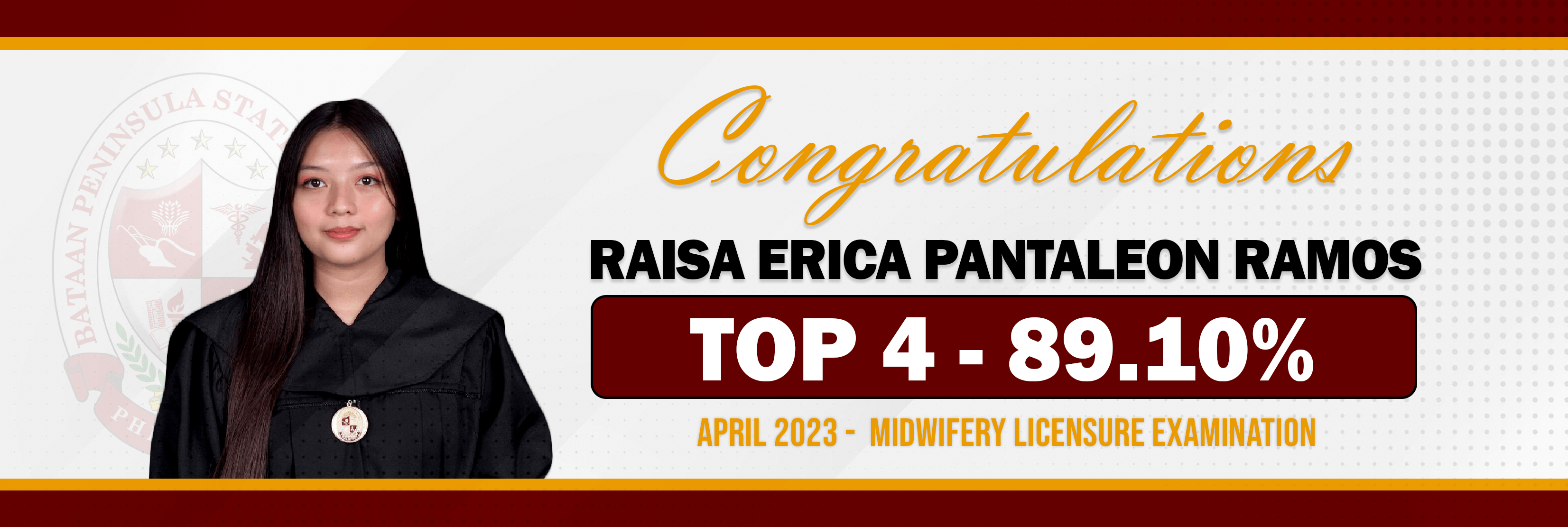
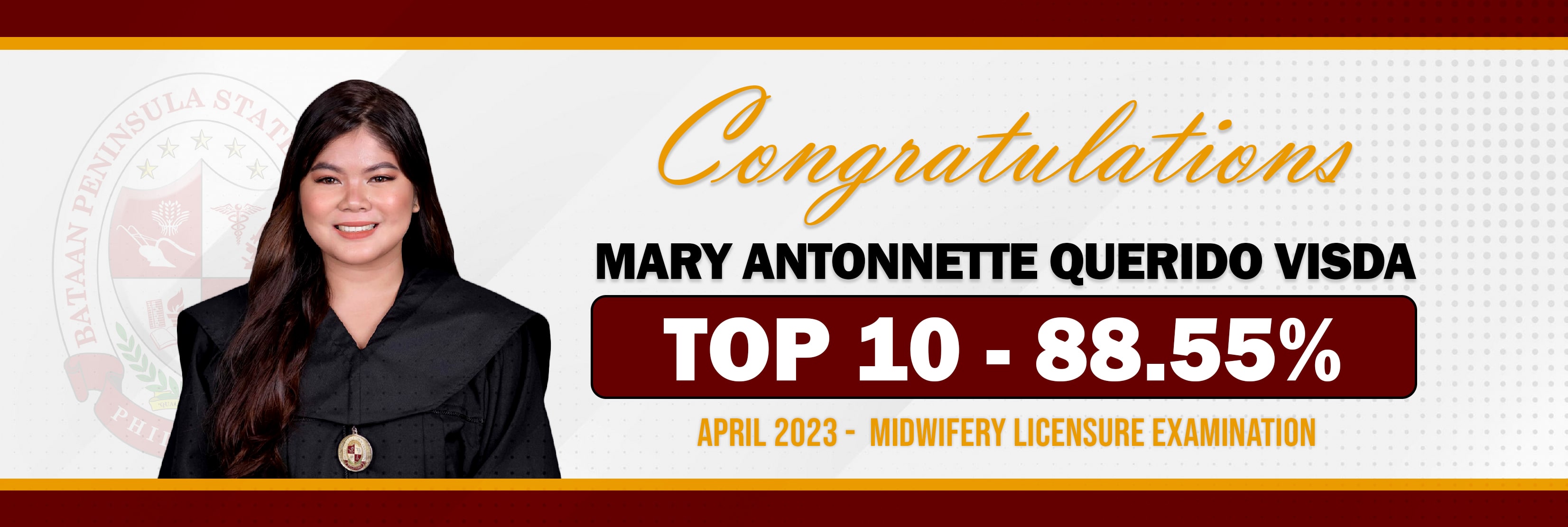
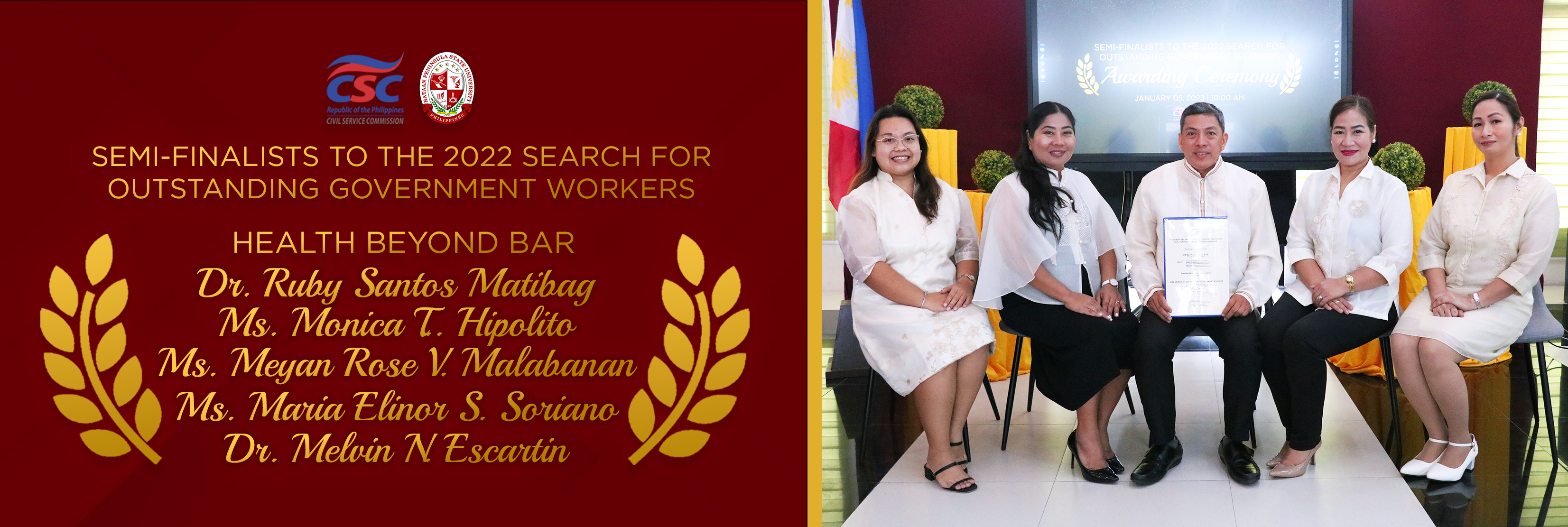
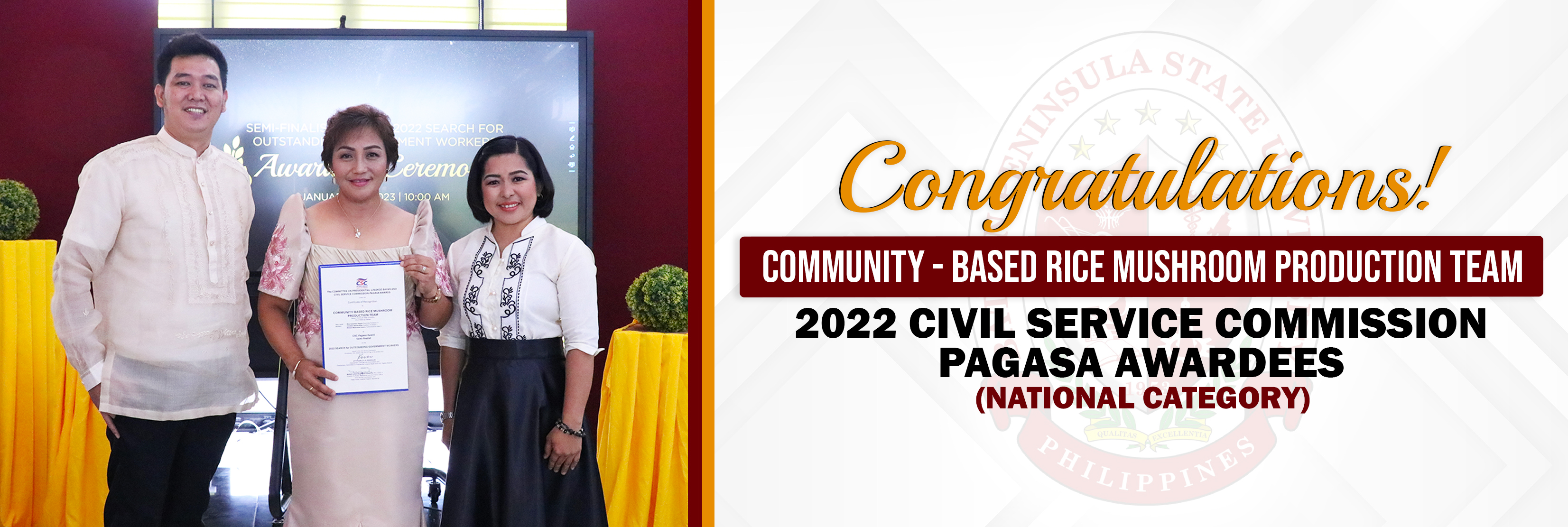








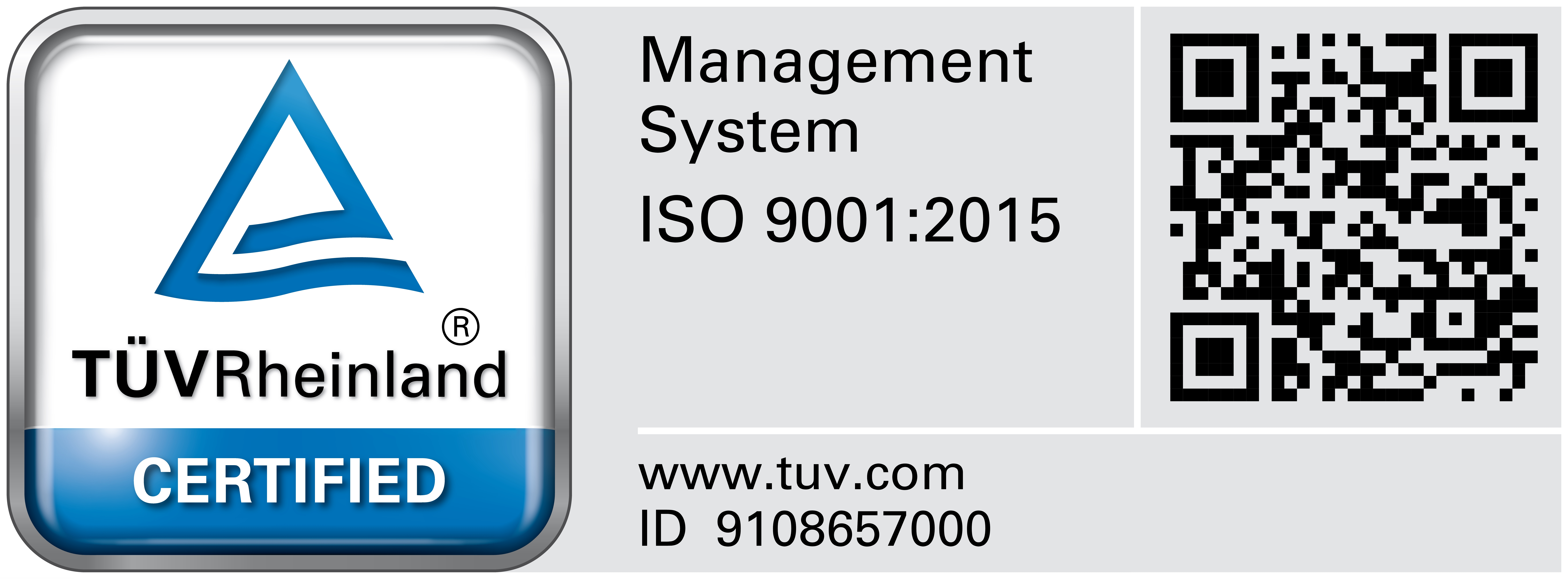


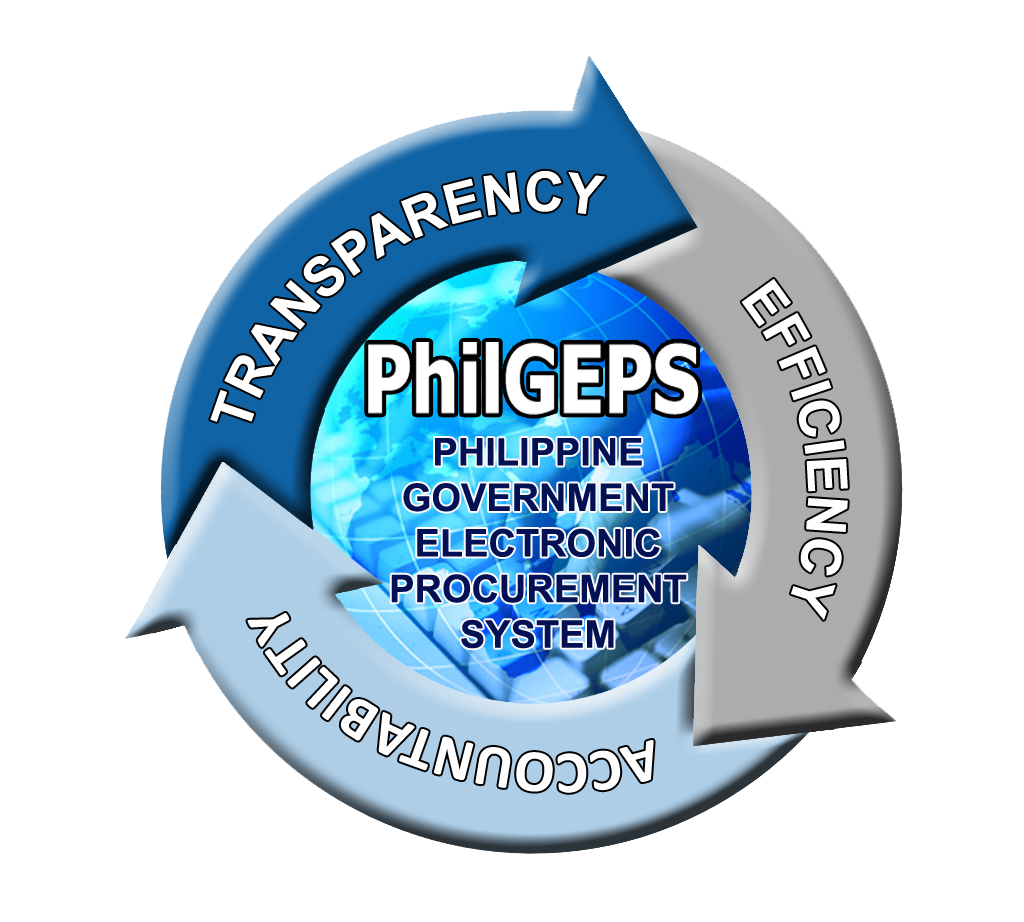



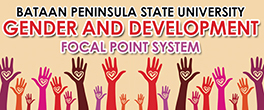





 Bataan Peninsula State University
Bataan Peninsula State University